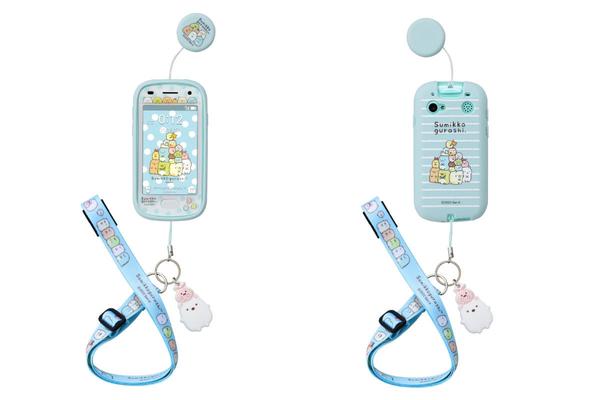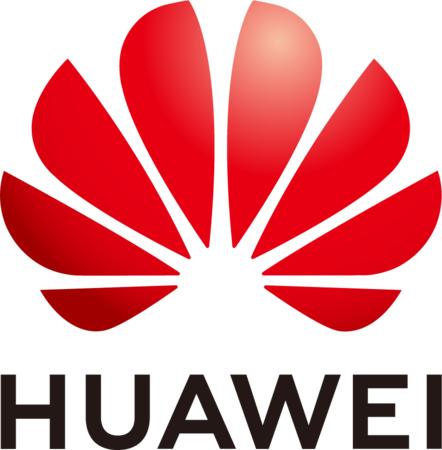What Is a Fish Bowl and How Is It Used?
- 216
- 98
What Is a Fish Bowl and How Is It Used?
- By huawei-accessories.com
- 12/02/2025
What is a fish bowl? A fish bowl can be more than just a tiny aquarium for pet fish; it is a powerful tool for communication and learning environments. Understanding what a fish bowl is, its uses, and how to effectively implement it can benefit educators, business professionals, and even interior decorators. By exploring the multifaceted applications of a fish bowl, we can better appreciate its versatility in various settings. This article delves into the definitions, uses, and the practical steps involved in using a fish bowl, both literally and metaphorically.
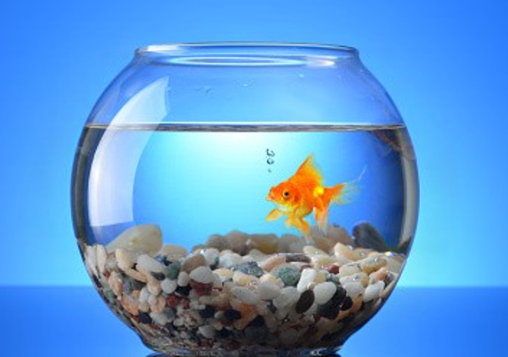
What Is a Fish Bowl? Definition and Origins
Etymology and Historical Background
The term “fish bowl” originally described a small, round aquarium made of glass, designed to hold pet fish. The fish bowl’s conceptual origins trace back to ancient China, where glass containers were used to display fish for their aesthetic appeal. Over centuries, this simple container evolved in materials and designs but retained its core purpose of holding fish.
Modern Interpretations of a Fish Bowl
In contemporary contexts, the fish bowl has taken on broader meanings. Beyond its literal use, it has become a metaphor for transparency and observation. The “fish bowl” technique, for example, is a group discussion format where participants are observed by an audience, much like fish in a bowl. This method emphasizes open communication and active listening, as everyone can see and hear what is happening, promoting inclusivity and engagement.
How Does the Fish Bowl Method Work?
Step-by-Step Process of the Fish Bowl Technique
1. Setup: Arrange chairs in a small circle (the inner circle) for the participants. Place another ring of chairs outside this circle for observers.
2. Introduction: The facilitator introduces the topic and explains the fish bowl process.
3. Discussion: Participants in the inner circle discuss the topic while those in the outer circle silently observe.
4. Rotation: Observers can swap with active participants following predefined rules, ensuring everyone gets a chance to contribute.
5. Conclusion: Summarize the discussion, incorporating insights from both participants and observers.
Roles of Participants in a Fish Bowl Setup
Participants in a fish bowl discussion have distinct roles: - Inner Circle: These individuals actively engage in the conversation, sharing points and responding to each other. - Outer Circle: Observers who listen attentively without interrupting, providing reflective insights when they rotate in. - Facilitator: Guides the discussion, ensuring it stays on track and all voices are heard.
What Is a Fish Bowl Used for in Discussions?
Application in Education and Classrooms
The fish bowl technique is widely used in educational settings to foster dialogue and peer learning. Teachers set the stage for students to discuss and debate topics, enhancing critical thinking and communication skills. This method encourages active participation, allowing students to learn from each other in a structured yet dynamic environment.
Use in Corporate or Team Settings
In corporate contexts, fish bowl discussions can break down hierarchical barriers, giving employees a platform to voice their ideas and concerns. Teams can use this technique during brainstorming sessions, problem-solving activities, and feedback loops, leading to improved collaboration and innovation.
Is a Fish Bowl Only for Conversations?
Decorative and Aquarium Uses
On a literal level, fish bowls are popular for holding pet fish, serving as minimalist aquariums that enhance living spaces with their serene aesthetic. As decorative items, they are versatile and can also be used for holding plants, terrariums, or as elegant glass centerpieces.
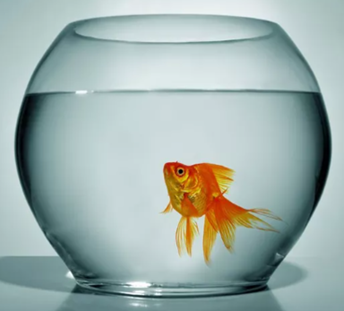
Metaphorical Use in Popular Culture and Psychology
Metaphorically, the fish bowl concept is prevalent in psychology and popular culture. It symbolizes transparency and the idea of being observed, often used to describe situations where actions are on display for scrutiny. This metaphor can help articulate feelings of vulnerability and the impact of being watched.
Conclusion
What is a fish bowl? The fish bowl is a versatile concept with applications ranging from education and corporate settings to home decor and psychological metaphors. Understanding its definitions, processes, and uses can significantly enhance communication, engagement, and learning in various environments.
FAQ
Can a fish bowl be used for large groups?
Yes, a fish bowl can be adapted for large groups by increasing the number of observers and rotating participants more frequently to ensure everyone has a turn to contribute.
How do you facilitate an effective fish bowl discussion?
To facilitate a productive fish bowl discussion, clearly explain the process, set ground rules, keep the conversation focused, ensure balanced participation, and provide reflections to summarize insights.
Is the fish bowl method suitable for remote meetings?
Absolutely. Remote adaptations of the fish bowl method can be conducted using video conferencing tools, with clear guidelines for participation and rotation to maintain structure and engagement.




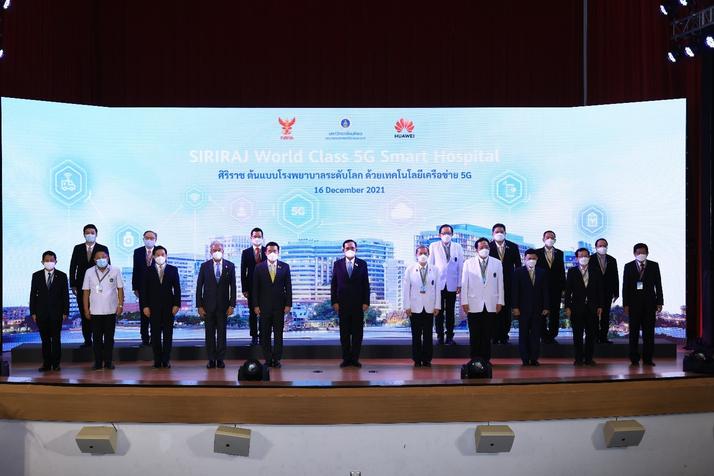
![[VLOG interlocking report] Try the combination of Manfrotto's Nitro Tech 608 and iFootage's TC6 [VLOG interlocking report] Try the combination of Manfrotto's Nitro Tech 608 and iFootage's TC6](https://website-google-hk.oss-cn-hongkong.aliyuncs.com/drawing/article_results_9/2022/3/25/278166fcc7181b73dd99af1b87fd6482_0.jpeg)
